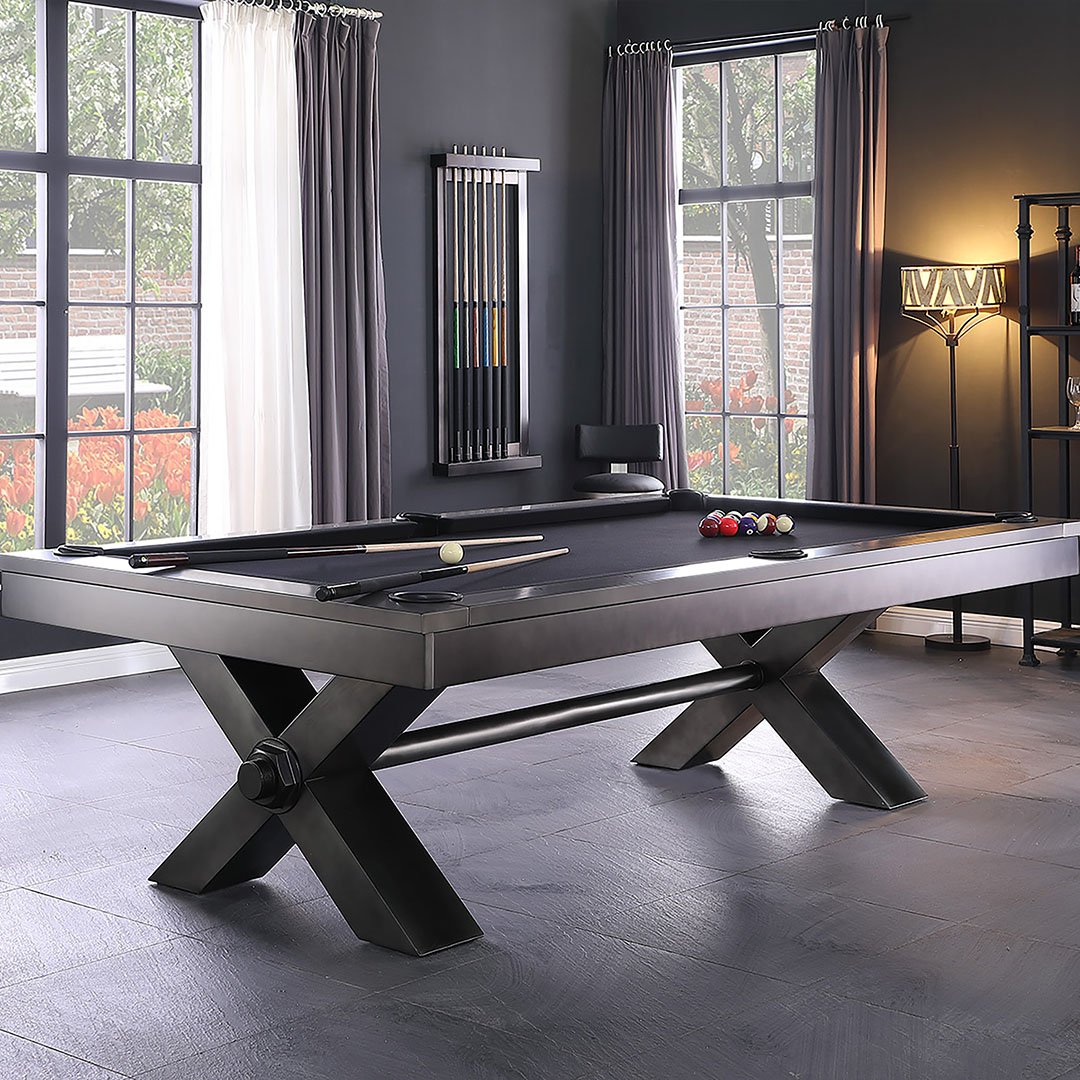Dining Table Sizes: How to Choose the Right Size for Your Space
Choosing the right size dining table is crucial for ensuring comfort, functionality, and harmony in your dining area. A table that’s too big can overwhelm the space, while one that’s too small may not accommodate your guests comfortably. With so many options available, it can be challenging to determine the ideal table size for your home. This guide will walk you through the key considerations, from seating capacity to room dimensions, to help you make the best decision.
1. Standard Dining Table Dimensions
Dining tables come in various shapes and sizes, but there are standard dimensions to keep in mind when making your selection. Understanding these typical measurements will help you gauge whether a table fits your space and serves its purpose.
-
Rectangular tables: Most common and versatile.
- 4-seater: 36-48 inches long, 28-30 inches wide
- 6-seater: 60-72 inches long, 36-40 inches wide
- 8-seater: 72-96 inches long, 36-44 inches wide
- 10-seater: 96-120 inches long, 36-44 inches wide
-
Square tables: Ideal for smaller spaces or intimate gatherings.
- 4-seater: 36-44 inches square
- 6-seater: 48-54 inches square
-
Round tables: Great for maximizing space and encouraging conversation.
- 4-seater: 36-48 inches in diameter
- 6-seater: 48-60 inches in diameter
- 8-seater: 60-72 inches in diameter
-
Oval tables: Blend the benefits of round and rectangular tables.
- 6-seater: 72-84 inches long, 36-40 inches wide
- 8-seater: 84-96 inches long, 36-42 inches wide
These dimensions provide a general guideline, but it's essential to consider additional factors when choosing a table size.

2. Determining the Right Dining Table Size for Your Room
Measure Your Space
Before choosing a table size, carefully measure your dining area. To ensure that your table fits comfortably, use this simple rule: leave at least 36 inches of clearance around the table for movement. Ideally, 42-48 inches is better for more ease of movement and access to chairs.
For example, if your dining room is 12 feet by 10 feet, subtracting 36 inches from each side leaves you with a workable dining table space of 6 feet by 4 feet.
Pro Tip: Use Painter’s Tape
A quick and easy way to visualize the size of a dining table in your space is by using painter’s tape. Mark the dimensions of the table on the floor to see how it fits within the room and how much space is left around it.
Consider Seating Capacity
How many people will regularly use the table? This is essential for determining the table’s length or diameter. You want to ensure that each person has enough elbow room for comfortable dining. Generally, allocate 24 inches of space per person on the table.
- 4-seater: Requires about 36-48 inches in length for a rectangular or square table, or 36-48 inches in diameter for a round table.
- 6-seater: Needs a table length of 60-72 inches or a diameter of 48-60 inches for round tables.
- 8-seater: Opt for tables that are 72-96 inches long or 60-72 inches in diameter.
- 10-seater or more: Go for tables at least 96-120 inches long to accommodate larger gatherings.
3. Special Considerations for Expandable Dining Tables
Expandable dining tables are an excellent choice for those who entertain guests occasionally but don’t want a large table dominating the room year-round. These tables come with removable leaves or extensions that can be added or removed as needed.
When considering an expandable table:
- Make sure the fully extended table still fits within your room’s dimensions, allowing for the 36-48 inches of clearance around it.
- Measure both the contracted and expanded sizes to ensure you have adequate space for daily use and special occasions.

4. Ideal Dining Table Size for Different Room Shapes
Long and Narrow Rooms
For long and narrow dining spaces, rectangular tables work best, as they maximize seating capacity while complementing the room’s shape. Choose a table that leaves enough space for walking and accessing chairs on both sides.
Square Rooms
In square dining rooms, square tables provide symmetry and balance, but round tables can also be an excellent choice to break up the angular look. Round tables create a sense of flow and make it easier for everyone to engage in conversation.
Small Dining Rooms
For small spaces, round or square tables are often the best options. They take up less room than a rectangular table and can still accommodate enough seating for small gatherings. Avoid large, bulky tables that dominate the room or restrict movement.
Open-Concept Spaces
For open floor plans, where the dining room flows into the living or kitchen area, an oval or rectangular table can help define the dining zone without cutting off the visual connection to the rest of the space.
5. Height Considerations
The standard dining table height is around 28-30 inches, which pairs well with most standard dining chairs. If you're opting for a counter-height table (34-36 inches) or a bar-height table (40-42 inches), make sure you purchase chairs or stools that match the table’s height.
For optimal comfort, ensure there’s about 10-12 inches of space between the seat of the chair and the tabletop.
How to Pick the Perfect Dining Table Size
To ensure the dining table you select works seamlessly in your space, here are some final tips:
- Measure the room carefully: Ensure there’s enough clearance for people to move around.
- Consider how many people you need to seat: Pick a size that accommodates your regular dining needs with room for occasional guests.
- Think about table shape: Match the table’s shape to the dimensions and flow of your room for maximum functionality and aesthetic balance.
- Factor in room traffic: Leave enough space around the table for people to comfortably move in and out of their seats.
Selecting the right dining table size is crucial for both functionality and aesthetics in your dining area. Whether you're looking for a table that fits a cozy nook or one that can accommodate larger gatherings, understanding table dimensions and room layout is key. For more expert tips on choosing the ideal dining table for your home, including insights on styles, materials, and designs, visit our Complete Guide to Dining Tables to make the perfect choice for your space.
Frequently Asked Questions
What is the best dining table size for a small room?
For small dining rooms, a round or square table measuring 36-48 inches can seat four people comfortably without overwhelming the space.
How much space do I need to leave around a dining table?
Ideally, you should leave at least 36 inches of space around the table, but 42-48 inches is better for easier movement and access to chairs.
Topics: Indoor Furniture - Living Room











